Resting in a lush green valley of hills and rice paddies, Bhutan’s capital city of Thimphu is the country’s commercial and religious hub, and is known for its interesting fusion of ancient and modern elements. Historical architecture and ancient traditional elements juxtapose with contemporary buildings and sensibilities. The imposing, stately 350-year-old Tashicho Dzong Fortress is currently used as the administrative centre of the county, and is also the king’s office. Visitors can explore the gold-spired Memorial Chorten, a revered Buddhist shrine; see the intricate frescoes and slate carvings at Simtokha Dzong; and discover the Bhutanese way of live through exhibits and folk dances at the fascinating National Folk Heritage Museum. The city bustles with cafes, clubs and restaurants, thereby offering the best of old- and new-world charms.
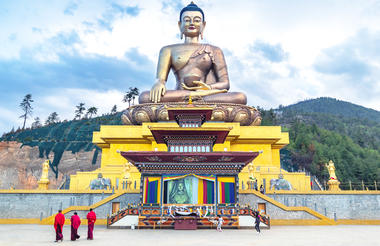
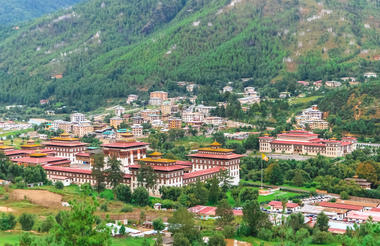
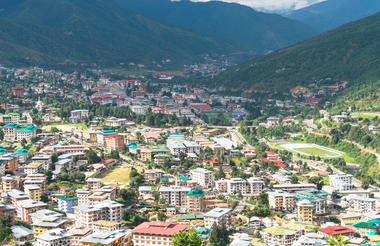
Located in the Himalayas of Bhutan, the Punakha rests at the confluence of the Puna Tsang Chhu and Mo Chhu rivers. This ancient Bhutanese capital serves as an excellent base from which to explore the scenic temple-dotted Punakha Valley and beyond. The town’s star attraction is undoubtedly the incredibly picturesque riverside Punakha Dzong, a 17th-century fortress which plays host to the annual religious Punakha Festival featuring traditional dancing and music. Lucky birdwatchers can spot the critically endangered white-bellied herons. Visitors can enjoy epic views of the Himalayas from the renowned Dochula Pass, explore the Royal Botanical Park, and discover the picturesque mountain-top village of Talo. Other popular activities include: hiking through the valley, visiting the Chimi Lhakhang ‘fertility’ Temple, and the traditional architecture of Punakha Ritsha Village.



Sitting pretty at an altitude of 2200 metres above sea level, Paro is the gateway to beautiful Bhutan. Planes make an incongruous sight, flying low as they prepare for landing in this Himalayan oasis, home to many of Bhutan's oldest temples and monasteries. Resting on the banks of the Paro River, there is plenty to observe in this traditional town, from quaint farmhouses scattered across the valley to emerald green terraced paddy fields . For outdoor enthusiasts and adventure seekers alike, a great day excursion is to trek to the famous Tiger's Nest Temple, on the face of a sheer 1000-metre-high cliff. This acclaimed temple houses the National Museum, which shows hundreds of ancient Bhutanese artefacts and artwork. It's advised to do this at the end of a trip, once travellers have acclimatised.



Situated approximately 20 kilometres east of Kathmandu, Bhaktapur is listed as a UNESCO World Heritage site and is one of the three royal cities of the scenic Kathmandu Valley. Dubbed Nepal's cultural gem, this predominantly pedestrian city, dating back to the 12th century, has managed to preserve many local traditions and old medieval architectural structures. The city is commonly referred to as a living museum due to its medieval squares lined with elaborate temples and palaces, impressive terracotta monuments with ornately carved wood columns, and quaint winding alleyways weaving their way between traditional red-brick homes and quaint hidden courtyards. Visitors can also look forward to experiencing the Bhaktapur’s rich cultural life as the town’s squares are filled with artisans weaving cloth, making exquisite pottery and chiselling timber in plain view of tourists passing by.



The second-largest city in Nepal, Pokhara sits on the shores of Phewa Lake in the central region of the country. Often called the ‘Adventure and Leisure Capital of Nepal’, and known as the gateway to the Annapurna Circuit, Pokhara is a popular hub offering plenty to see and do. The range of activities on offer is impressive, with lakes and waterfalls to admire; yoga, reiki, and meditation classes to attend; caves (such as Mahendra) to explore; boating, canoeing, and whitewater rafting on the waterways surrounding the Lake to enjoy; and a number of challenging hikes to test your fitness (the viewpoint of Sarangkot is particularly rewarding). Meanwhile, serious trekkers can access the Annapurna Base Camp from Pokhara, the first stop for a number of stunning trails through the spectacular mountain range.

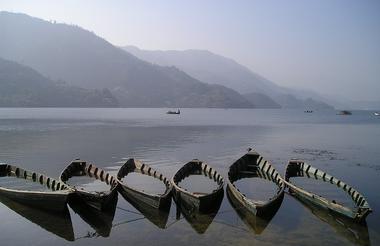
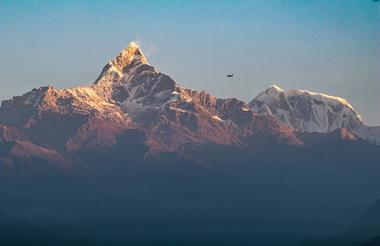
Nepal’s capital city serves as the departure point for treks into the Himalayas, including Mount Everest and Annapurna, and as a result, it is a major travel and tourism hub. Besides its proximity to these world-class hiking trails, the city also features many charms of its own, including an exquisite setting amidst snow-covered mountain peaks, friendly locals, several UNESCO World Heritage Sites and a series of ornate stone temples dating back hundreds of years. Don’t miss a visit to the sacred Boudhanath Stupa, the ancient tree-swathed site of Swayambhunath, or Kathmandu Durbar Square with its 12th-century temples.






